Our recent webinar “How AI can help enterprises unlock the value of their data and drive innovation” explored the challenges large corporations face in leveraging AI for innovation. It was a great conversation led by CEO Brian Dolan, sharing his insights on how corporate innovation fails and what can be done to improve success rates. Here are some of the high-level takeaways; you can also watch the recorded webinar here.
AI transformation is a critical competitive advantage that most CIOs realize is necessary for their enterprises. Moreover, 80% of Forbes 100 CIOs note that AI data solutions hold the key to the survival of their companies.
However, understanding AI as a critical factor for survival seldom translates to leveraging AI effectively. A recent study by Price Waterhouse Cooper showed that only 4% of executives say their business has successfully implemented AI.
After creating more than 3,000 products based on AI innovation, Brian says three things are needed for AI innovation to be successful: data, team, and markets.
Large enterprises will always have an abundance of data, but they may or may not understand the market, and there is a high likelihood their teams are not right.
Data Strategy Lacking
With larger established companies, data is overflowing — however, oftentimes, poor data strategy can minimize what can be accomplished in the analysis. One example is a large eCommerce brand that wasn’t collecting user information at purchase which hampered the team’s ability to use AI for personalization. The CIO was eager to apply AI for cluster analysis, but not excited to build a new user login and database. These legacy issues can often haunt a large enterprise, as without the right data it’s hard to do the analysis.
Team Misalignments are Common
AI projects often land in IT’s domain because the tools needed to run AI are very technical. Unfortunately, there is a fundamental misalignment when IT owns AI innovation because internal IT teams are primarily concerned with procedural issues such as cybersecurity, installation of new databases, and data migration to the cloud. These are vital functions for an enterprise but procedural in nature, and usually are classified as cost center areas. These teams are structured in ways to create efficient channel workflows in order to resolve these procedural functions, leading to very different perspectives and ways of looking at problems. For example, you can’t ask a database admin for the reason as to why the APAC market is failing.
AI problems are business analytics problems: analysis can tell me why the APAC market is failing, but assigning that issue to the technical IT team creates a misalignment in skillset and function.
Missing Environmental Pressure
Environmental pressure is a great source of innovation. Many small startups thrive as they try to bring new innovations to market in resource-constrained environments with limited funding. Successful innovation is created when there are both environmental pressures and resources.
For corporate teams, the resources will be plentiful; however, the environmental pressure is lacking, resulting in corporate innovation theater where enterprises go through the motions of creating in-house innovation without bringing meaningful breakthroughs to market.
AI is Analytics, not Engineering
AI is not engineering. It is an analytical tool that belongs in corporate revenue centers, not cost centers. While AI has the capacity to significantly decrease costs and create efficiencies in some of the biggest corporate cost centers, the true value of AI is in using it to develop new products and lines of business that contribute to corporate bottom line and revenue.
Data is the History and the Future of your Company
There are stories to be told in data, but they can only be uncovered by a team that is driven by vision and accustomed to discovering them. How is this done? “Companies can start with the naysayers, those that think an idea isn’t valid,” says Brian, “and then use the data to validate or invalidate those assumptions.”
Partnering with Verdant
The team at Verdant has found the perfect antidote to corporate innovation theater: a partnership between entrepreneurs and the enterprise. We facilitate these relationships by working closely with enterprises to uncover the hidden value locked in their data. We also work with entrepreneurs to incubate their ideas, using a stage-gate methodology to validate the idea each step of the way. The advantage in this for entrepreneurs and enterprises alike is a continuous loop of innovation: entrepreneurs are able to build products enterprise customers are looking for, and enterprises increase their innovation success rates.
If you want to watch the webinar, you can catch it here. We’d also love to hear from you so feel free to reach out!


